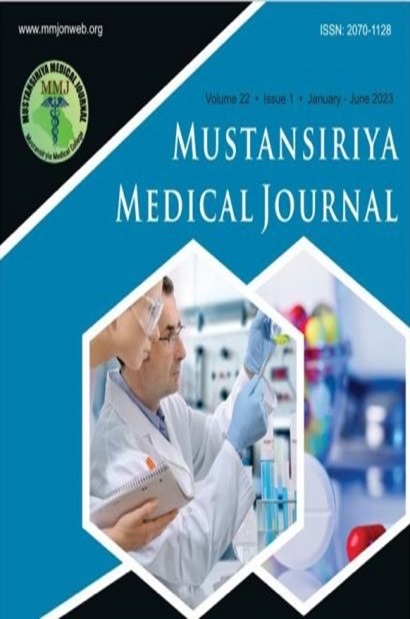Abstract
Background: Coronavirus disease‑19 (COVID‑19) is a zoonotic viral disease caused by nonsegmented, enveloped, positive‑sense, single‑strand
ribonucleic acid coronavirus. Recent outbreak started in Wuhan, China, where a new type of coronavirus was isolated from respiratory samples
such as bronchoalveolar lavage and sputum of patients developing respiratory symptoms. The World Health Organization declared COVID‑19
a pandemic on January 20, 2020. On April 6, 1,288,080 were infected with this virus with 70,567 deaths. Computerized tomography (CT) is
the investigation of choice for diagnosing, managing, and accessing temporal changes in COVID‑19. Objective: The objective of this study
is to describe the chest CT findings in documented nCovid‑19‑positive patients. Methodology: This was a retrospective observational study
done in Government Medical College, Chest Disease Hospital from February 20 to April 25, 2020. Forty‑eight patients with COVID‑19 reverse
transcriptase‑polymerase chain reaction‑positive test were scanned on 64 slice Somatom CT scanner and findings analyzed. All patients with
previously underlying chest disease were excluded. Results: The various chest findings in the nCovid‑19‑positive patients include ground
glassing, (81.25%), consolidation (56.25%), nodules (43.75%), halo sign (31.25%), crazy paving pattern (50%), air bronchogram (12.5%), air
bubble sign (6.25%), vascular enlargement (25%), reversed halo sign or atoll sign (18.75%), bronchial wall thickening (6.25%), and mosaic
attenuation (6.25%). None of the patients had pleural effusion. Conclusion: Characteristic CT findings of COVID‑19 can help radiologists
in the early diagnosis of symptomatic patients in whom testing is awaited. Bilateral peripheral ground‑glass opacities with consolidation in
dependent parts of the lung along with the absence of pleural effusion were the most common abnormality.
ribonucleic acid coronavirus. Recent outbreak started in Wuhan, China, where a new type of coronavirus was isolated from respiratory samples
such as bronchoalveolar lavage and sputum of patients developing respiratory symptoms. The World Health Organization declared COVID‑19
a pandemic on January 20, 2020. On April 6, 1,288,080 were infected with this virus with 70,567 deaths. Computerized tomography (CT) is
the investigation of choice for diagnosing, managing, and accessing temporal changes in COVID‑19. Objective: The objective of this study
is to describe the chest CT findings in documented nCovid‑19‑positive patients. Methodology: This was a retrospective observational study
done in Government Medical College, Chest Disease Hospital from February 20 to April 25, 2020. Forty‑eight patients with COVID‑19 reverse
transcriptase‑polymerase chain reaction‑positive test were scanned on 64 slice Somatom CT scanner and findings analyzed. All patients with
previously underlying chest disease were excluded. Results: The various chest findings in the nCovid‑19‑positive patients include ground
glassing, (81.25%), consolidation (56.25%), nodules (43.75%), halo sign (31.25%), crazy paving pattern (50%), air bronchogram (12.5%), air
bubble sign (6.25%), vascular enlargement (25%), reversed halo sign or atoll sign (18.75%), bronchial wall thickening (6.25%), and mosaic
attenuation (6.25%). None of the patients had pleural effusion. Conclusion: Characteristic CT findings of COVID‑19 can help radiologists
in the early diagnosis of symptomatic patients in whom testing is awaited. Bilateral peripheral ground‑glass opacities with consolidation in
dependent parts of the lung along with the absence of pleural effusion were the most common abnormality.
Keywords
Coronavirus
mosaic attenuation
reverse tran
Keywords
------------
